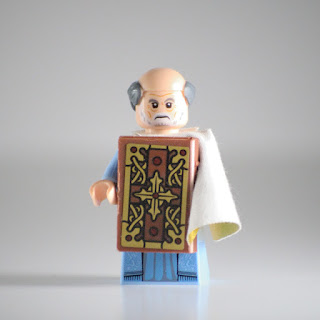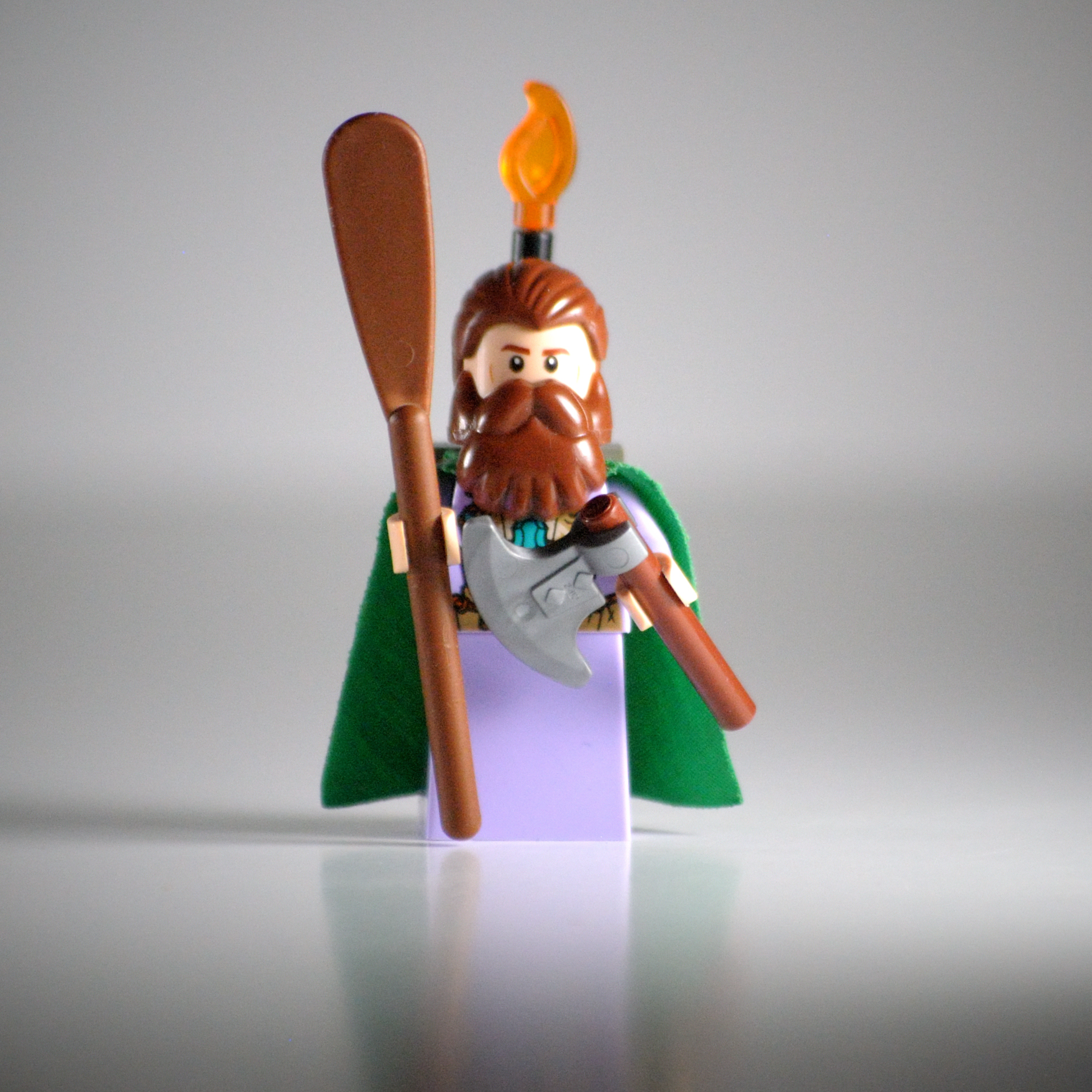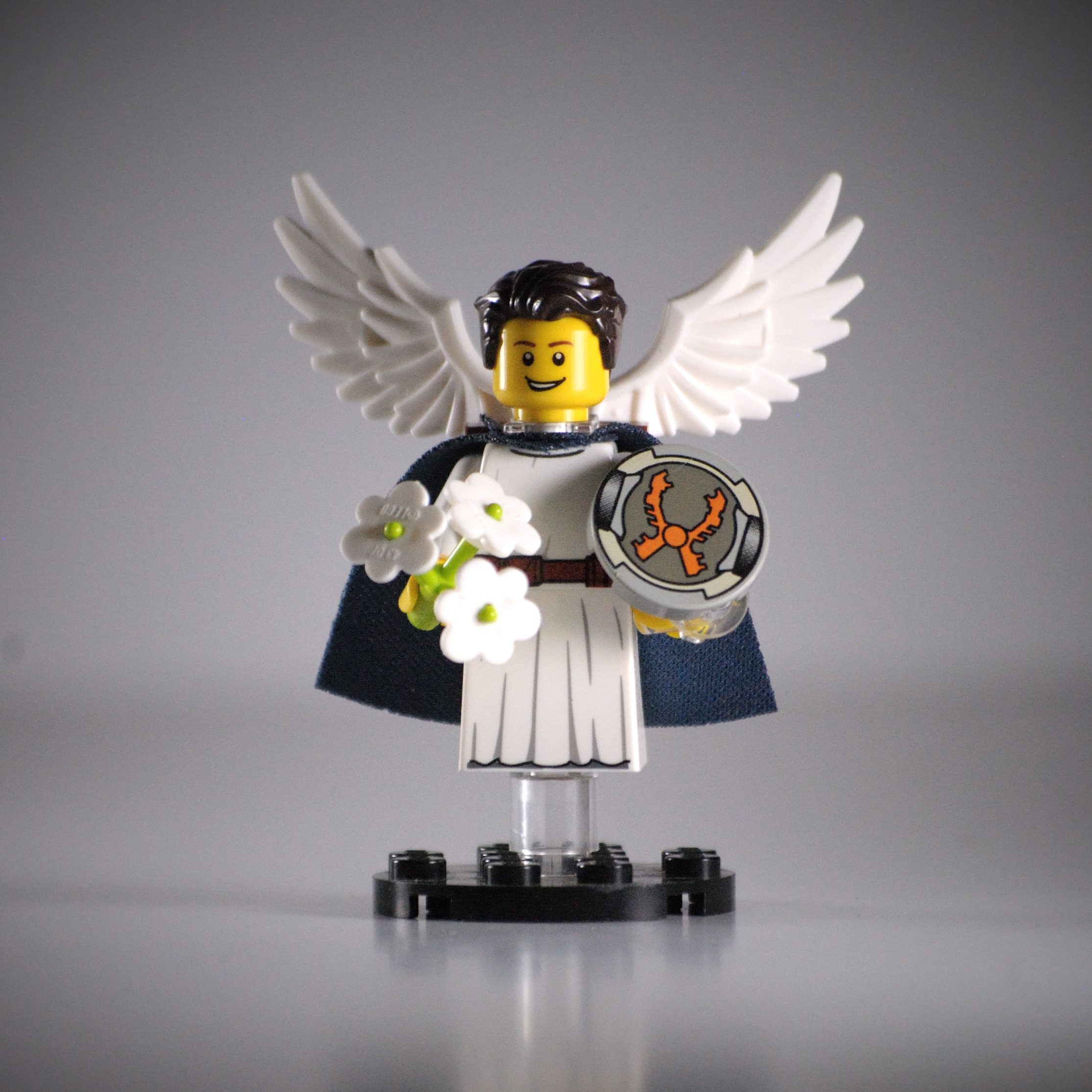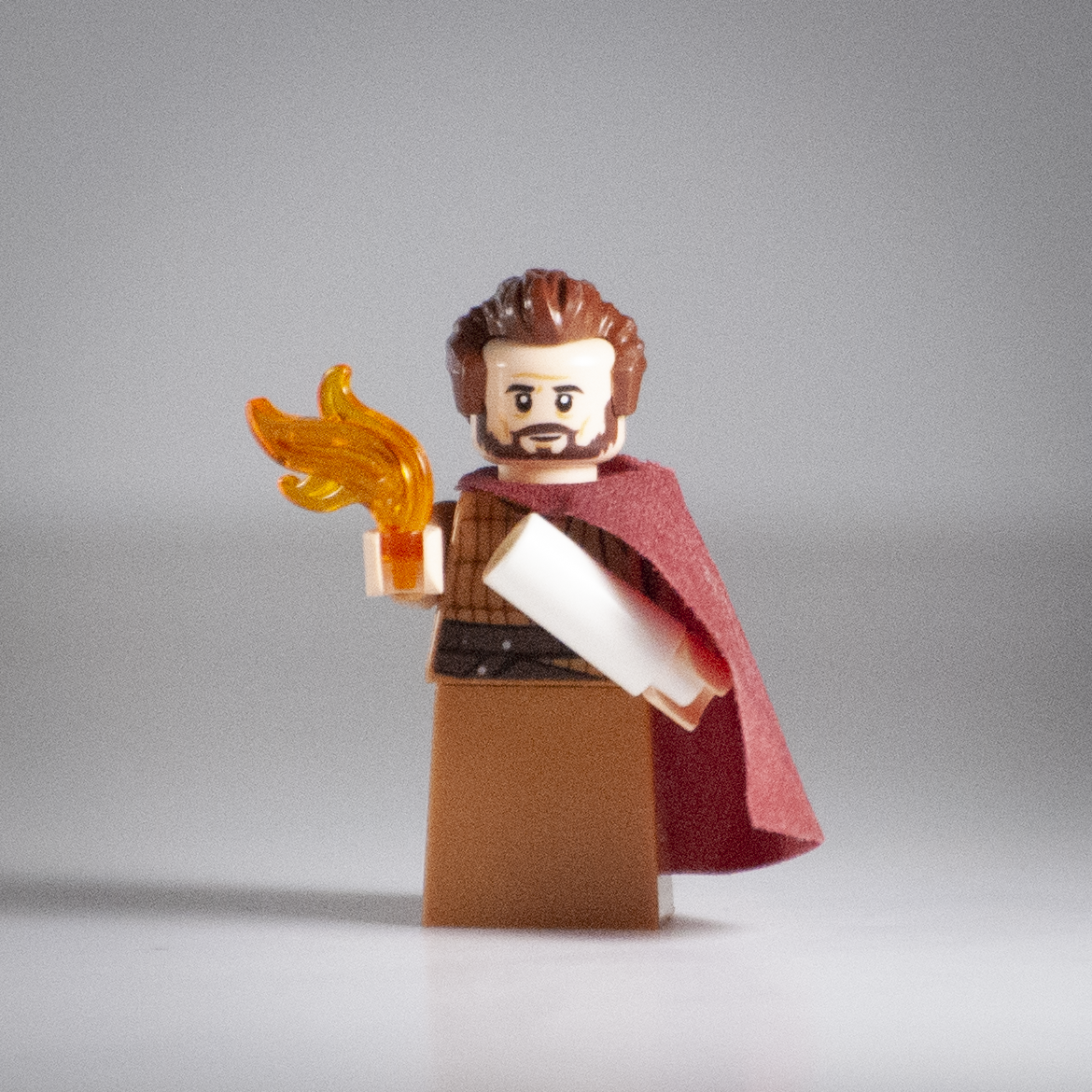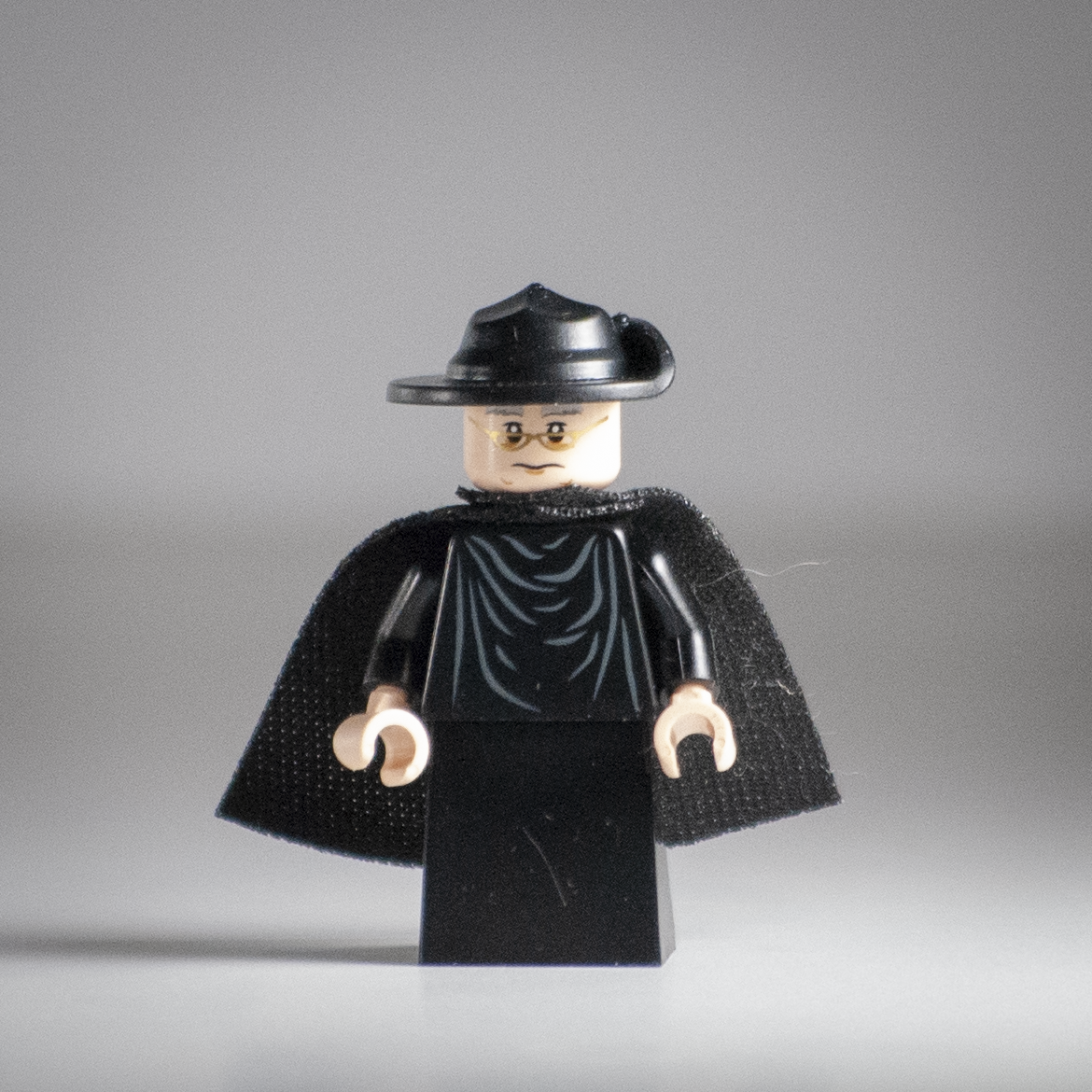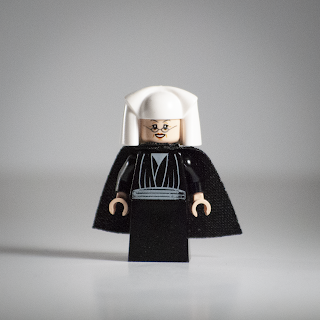St. Anastasia of Sirmium

Anastasia is considered the deliverer from poisons because she miraculously cured many from such afflictions. During her life, she also ministered to imprisoned Christians until she became imprisoned herself. Anastasia refused to deny her faith, even in the face of a particularly vile pagan priest, who was blinded when he tried to lay hands on her. She miraculously survived multiple attempts to execute her, including starvation and drowning, until she was finally martyred by being staked to the ground and burned alive. Lifetime: 281 to 304 Region: Rome; Modern Serbia Patronages: Weavers; Widows; Poisoned people Iconograpy: Medicine bottle; Martyr's palm Feast Day: December 22 (Eastern); December 25 (Western)





